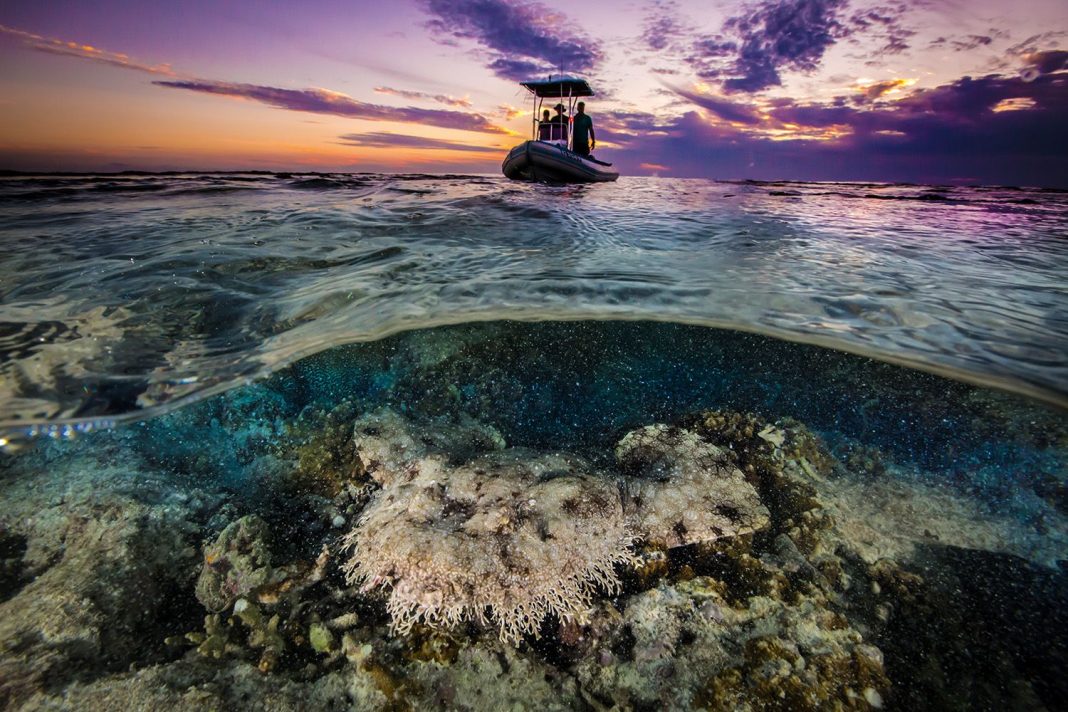In an ambitious stride toward marine conservation, the world has witnessed the launch of its largest coral reef restoration project. This pioneering initiative aims to revitalize the fading splendor of coral ecosystems, which are crucial to marine life and coastal communities globally. Through cutting-edge science and community engagement, this project seeks not only to restore but also to enhance the resilience of these underwater rainforests.
The Vanishing Marvels
Coral reefs, often described as the rainforests of the sea, are among the most biologically diverse and valuable ecosystems on Earth. They provide essential services, including supporting fisheries, protecting coastlines from erosion, and contributing to local economies through tourism. However, the alarming rate of coral degradation—due to climate change, pollution, overfishing, and destructive fishing practices—has put these ecosystems at risk, pushing them toward the brink of extinction.
A Ray of Hope
The largest coral reef restoration project to date marks a beacon of hope for these endangered ecosystems. Spearheaded by a coalition of global environmental organizations, marine biologists, and local communities, the project covers several critical reef systems around the world, including parts of the Great Barrier Reef, the Coral Triangle, and the Caribbean. The initiative is underpinned by a multi-faceted approach that combines reef rehabilitation, protection measures, and sustainable management practices.
Innovative Restoration Techniques
At the heart of the restoration efforts are innovative techniques such as coral gardening, where fragments of healthy coral are cultivated in nurseries before being transplanted back into the reef. This method has shown promising results in accelerating coral growth and improving survival rates. Additionally, scientists are employing assisted evolution to develop coral strains more resistant to heat and acidification, two of the major threats linked to climate change.
Community Involvement and Sustainable Practices
Recognizing the crucial role local communities play in reef conservation, the project emphasizes building partnerships with indigenous groups and local stakeholders. These collaborations aim to implement sustainable fishing practices, establish marine protected areas (MPAs), and reduce land-based pollution sources. By involving communities in the restoration process, the initiative seeks to foster a sense of ownership and stewardship over these natural resources.
Policy Advocacy and Global Cooperation
Understanding that local actions alone cannot combat the global threats facing coral reefs, the project also focuses on advocating for stronger environmental policies and international cooperation. Efforts are underway to promote the adoption of carbon emission reduction targets, the elimination of harmful subsidies that contribute to overfishing, and the expansion of global MPA networks.
The Road Ahead
While the challenges facing coral reefs are daunting, the launch of the world’s largest restoration project offers a glimmer of optimism. It signifies a collective acknowledgment of the value of coral ecosystems and a commitment to their preservation. However, the success of these efforts hinges on continued support from governments, businesses, and individuals worldwide.
As we move forward, the project serves as a reminder of our interconnectedness with the natural world and the urgent need to act in its defense. By restoring coral reefs, we not only safeguard marine biodiversity but also protect the livelihoods and cultures of millions of people who depend on these ecosystems.
In conclusion, the world’s largest coral reef restoration project stands as a monumental effort to reverse the decline of one of the planet’s most vital life support systems. It represents a synthesis of science, community, and policy united by a common goal: to ensure that future generations can witness the majesty of thriving coral reefs.

